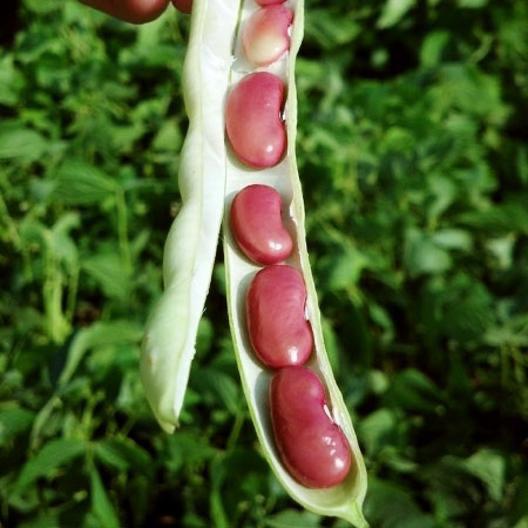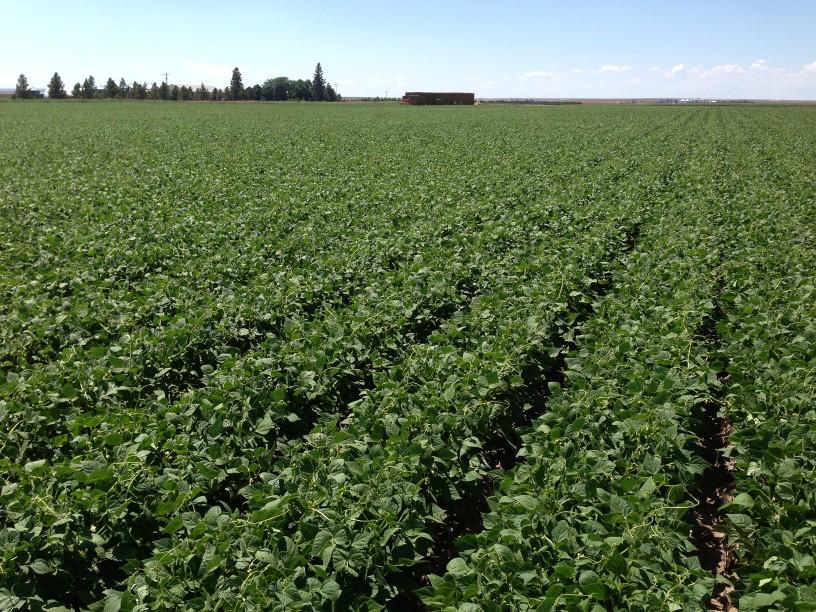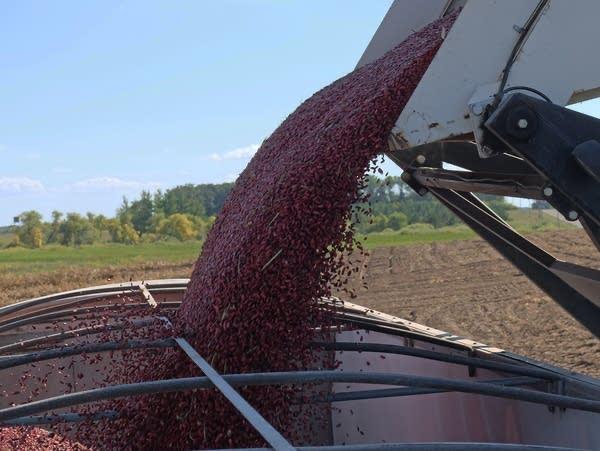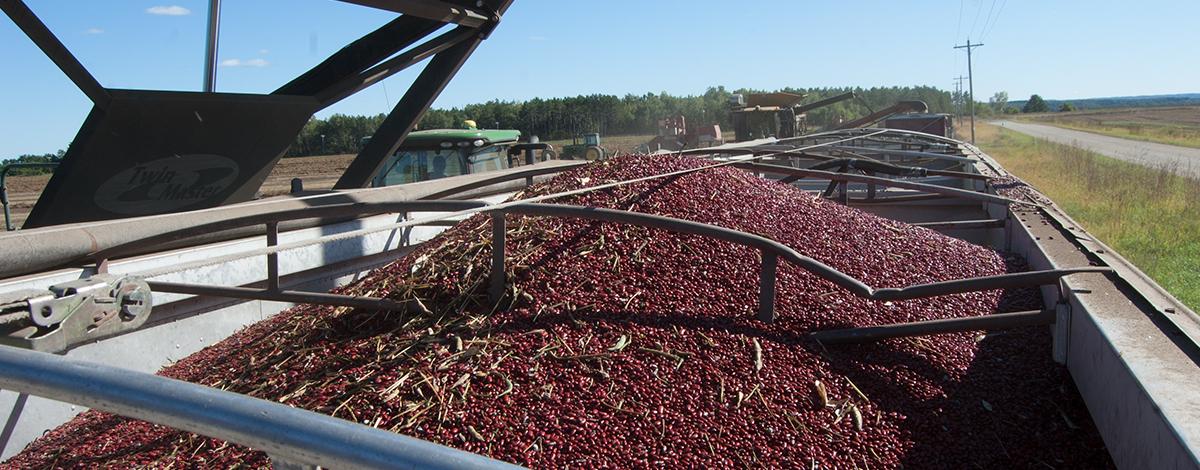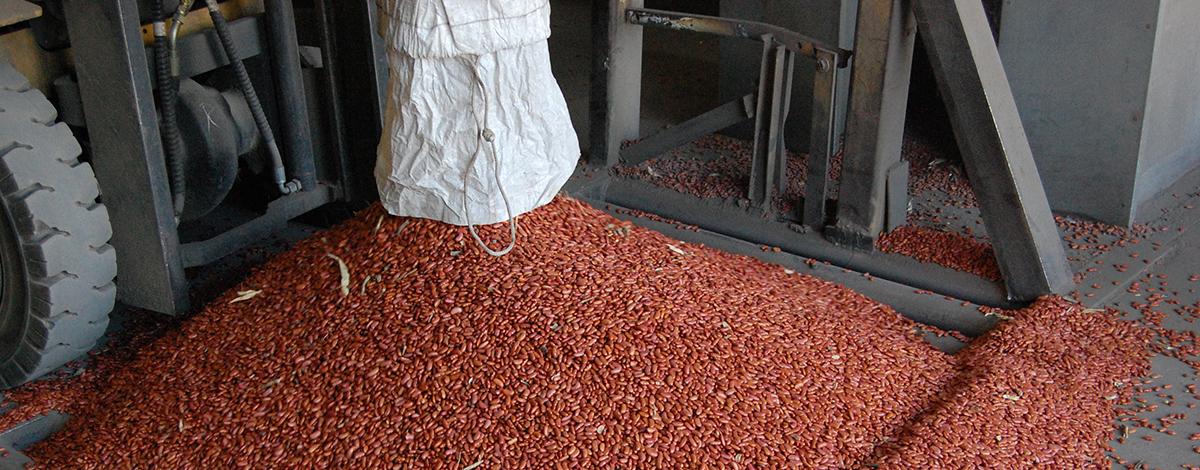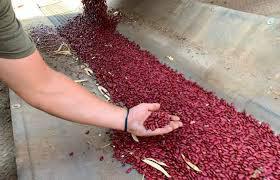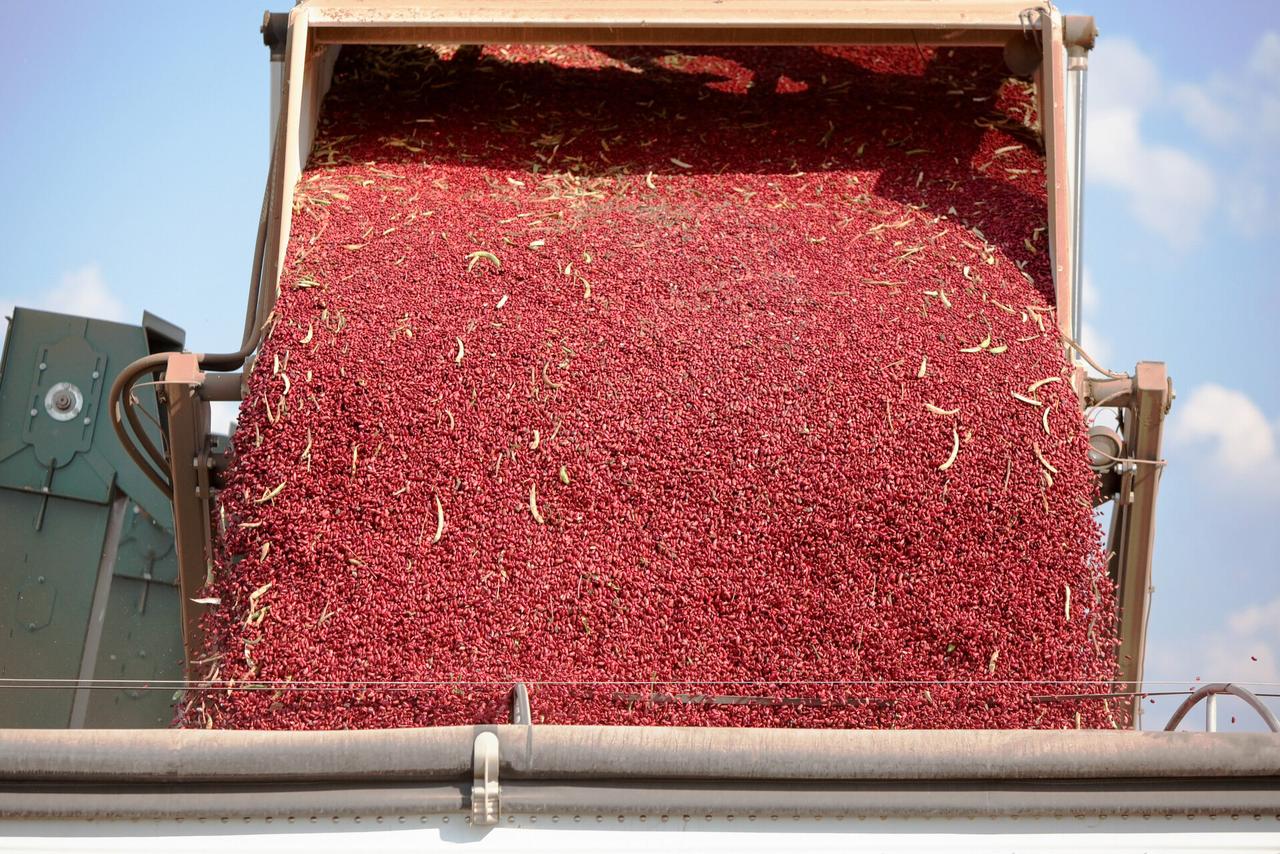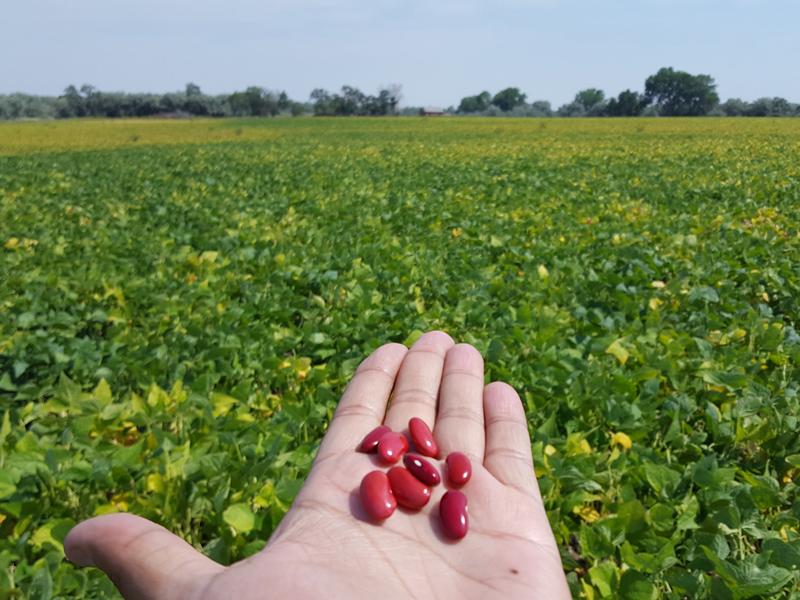
Kidney Beans
Product information
Description
Red kidney beans, scientifically known as Pharsalus vulgaris, are a widely consumed and highly nutritious legume. Known for their characteristic red color and kidney-like shape, these beans have become a staple in various cuisines around the world. Red kidney beans are not only delicious but also offer a plethora of health benefits, making them an excellent addition to a well-balanced diet. In this overview, we will explore the top production countries, export destinations, qualities, government policies, nutritional value, and the harvesting process and seasons of red kidney beans.
Top Production Countries:
Red kidney beans are cultivated in several countries globally. Some of the top producers include Brazil, India, China, Nigeria, and the United States. These countries benefit from favorable climatic conditions and agronomic practices that are conducive to high yields of quality kidney beans.
Top Export Destinations:
Red kidney beans are exported to numerous countries, meeting the demands of various regional markets. The top export destinations for kidney beans include the United States, Canada, Mexico, Germany, and the United Kingdom. These countries have a high demand for red kidney beans due to their versatility in cooking and their nutritional value.
Top Qualities:
When it comes to red kidney beans, there are several qualities that are highly sought after. Large, evenly shaped beans with a vibrant red color are often preferred. Additionally, beans with a smooth texture and minimal blemishes are considered of higher quality. These beans should also be well-dried and free from contaminants or foreign matter.
Government Policies:
Many countries have established policies and regulations regarding the production and distribution of red kidney beans. These policies often focus on ensuring quality, safety, and fair trade practices. Governments may set standards for labeling, packaging, and storage to protect consumers and maintain consistent quality across the industry.
Relation to Human Nutrition:
Red kidney beans are an excellent source of plant protein, dietary fiber, folate, iron, magnesium, and potassium. They are also low in fat and rich in essential vitamins, including vitamin B6, C, and K. Regular consumption of kidney beans has been linked to numerous health benefits, such as improved digestion, blood sugar control, heart health, and weight management.
Harvesting Process and Seasons:
The harvesting process of red kidney beans typically involves waiting for the beans to fully mature on the plant. Once the pods have turned brown and dry, they are carefully harvested using specialized equipment or by hand. The beans are then separated from the pods and undergo cleaning and sorting processes to remove any impurities. The exact harvesting season for kidney beans may vary depending on the geographic location, but in general, it occurs during the late summer and early autumn months.
In conclusion, red kidney beans are a highly versatile and nutritious legume that plays a significant role in various cuisines around the world. Understanding the top production countries, export destinations, qualities, government policies, nutritional value, and harvesting process provides valuable insights into the production and benefits of these remarkable beans. Whether used in soups, stews, salads, or vegetarian dishes, red kidney beans offer a delightful taste and numerous health advantages.
